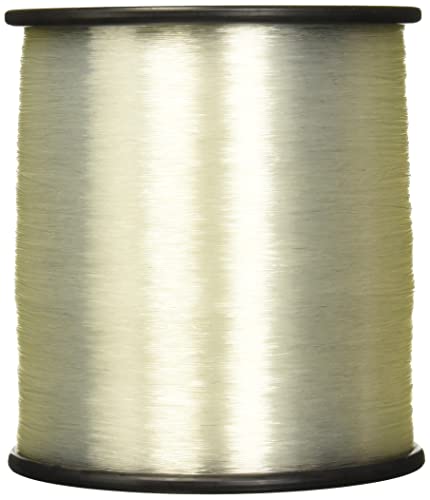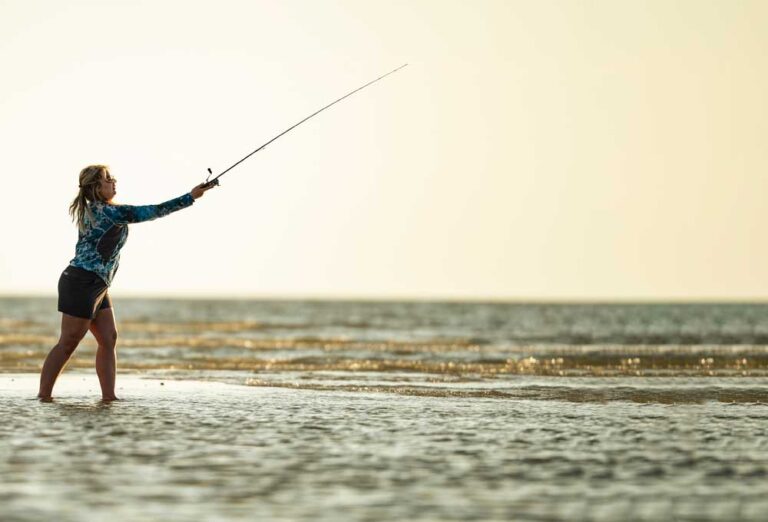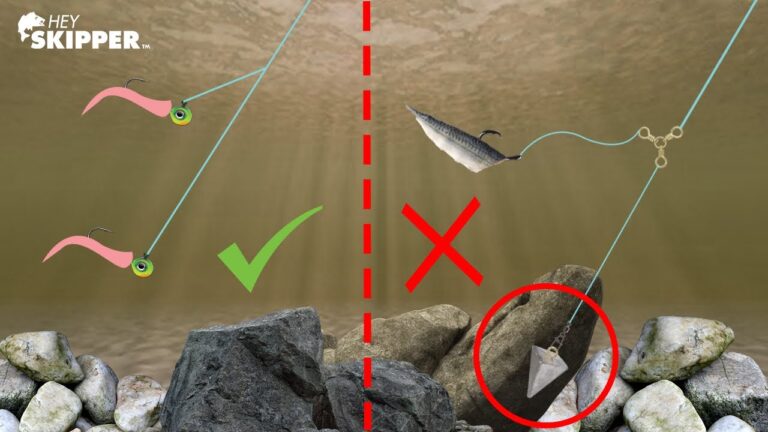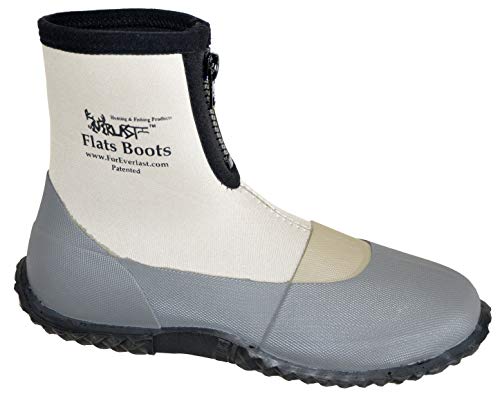The line color does matter for surf fishing as it can affect the fish’s ability to detect the line. In murky water, using a high-visibility line can help anglers track their line and detect bites more easily.
When surf fishing, the color of your fishing line can play a crucial role in your success. Certain colors are more visible in different water conditions, making them easier for both the angler and the fish to see. In murky or dirty water, using a high-visibility line can help you track your line and detect bites more easily.
On the other hand, in clear water, using a low-visibility line can be beneficial as it reduces the chances of spooking the fish. In addition to line visibility, color can also affect fish behavior. For example, some anglers believe that using a low-visibility line can result in more strikes, as fish may be less likely to detect it. Ultimately, the choice of line color for surf fishing depends on the water conditions and the angler’s personal preference.
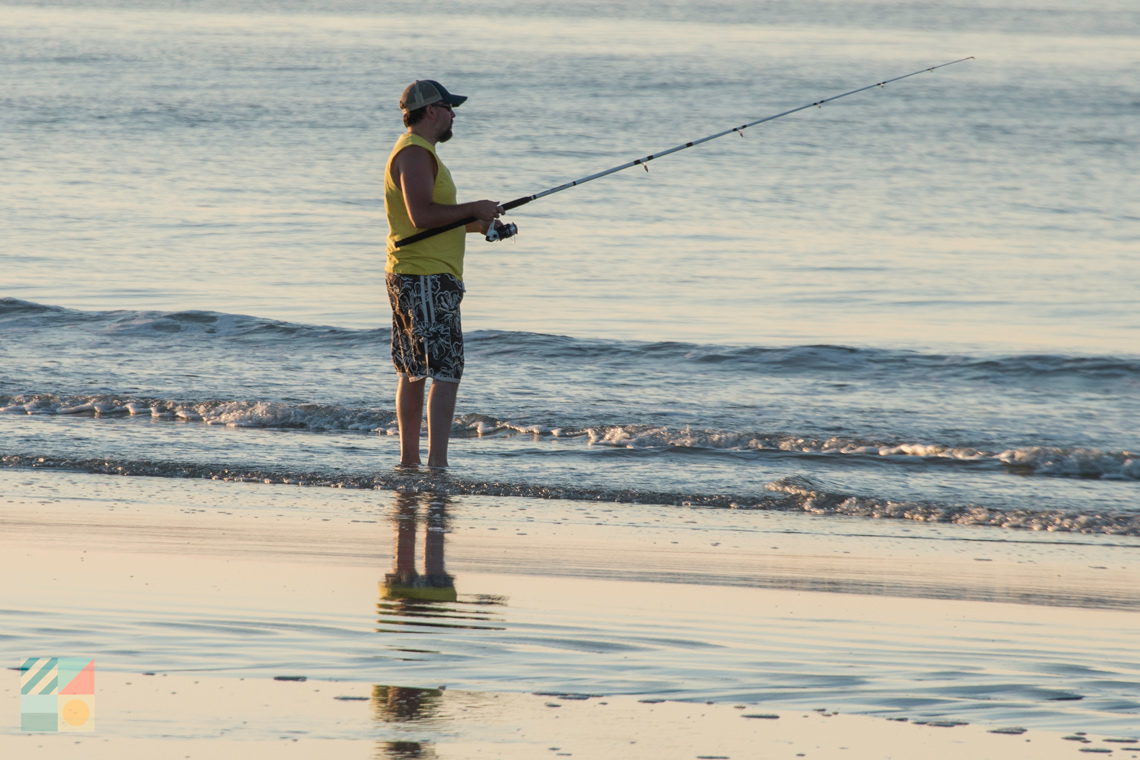
Credit: www.outerbanks.com
1. Understanding The Impact Of Line Color On Surf Fishing Success
Importance Of Line Color In Fishing
When it comes to surf fishing, selecting the right fishing line is crucial for success. Apart from considering factors like line strength and visibility, anglers often wonder if line color plays a role in attracting or deterring fish. In this section, we will explore the significance of line color in surf fishing and delve into the theoretical relationship between line color and fish perception.
Theoretical Relationship Between Line Color And Fish Perception
Understanding how fish perceive color can provide insights into the potential impact of line color in surf fishing. Here are some key points to consider:
- Fish perception: Fish possess cone cells in their eyes that enable them to perceive certain colors. While fish do not see colors in the same way humans do, they can distinguish between various wavelengths of light.
- Color visibility underwater: Colors tend to appear differently underwater due to the way light behaves. Red, orange, and yellow wavelengths of light are quickly absorbed underwater, making them less visible at greater depths.
- Line color and visibility: Although fish might not perceive line color in the same way humans do, contrast against the background can play a role in line visibility. Choosing a line color that blends with the surroundings may make it less noticeable to the fish.
- Impact of line color on fish behavior: There is limited scientific research specifically focusing on the impact of line color on fish behavior. However, anecdotal evidence suggests that certain line colors, such as green or clear, may be less likely to spook fish compared to brighter colors.
While the relationship between line color and fish perception is not entirely clear, considering the visibility and contrast of the line against the surrounding environment can be beneficial in surf fishing.
By understanding the importance of line color and its potential impact on fish perception, anglers can make more informed decisions when selecting their fishing lines for surf fishing. Keep in mind that individual experiences and preferences may vary, so experimenting with different line colors in different fishing conditions can help determine the most effective choice for each angler.
2. Factors Influencing Line Color Selection For Surf Fishing
Surf fishing is an exciting and rewarding sport that requires careful consideration of various factors, including line color selection. The color of your fishing line can significantly impact your success in surf fishing. In this section, we will explore the key factors that influence line color selection for surf fishing.
Water Clarity And Its Effect On Line Visibility
The clarity of the water plays a crucial role in determining the visibility of your fishing line. Here are some key points to consider:
- In clear water, a transparent or low-visibility fishing line is recommended to minimize its visibility to the fish. This type of line blends in with the water, making it less likely to spook the fish.
- In murky or stained water, a high-visibility line may be more appropriate. Brightly colored fishing lines such as fluoro orange or hi-vis yellow can help you keep track of your line and detect subtle bites from fish.
Sunlight And Its Impact On Line Color Underwater
The amount of sunlight penetrating the water can affect the appearance of your fishing line. Consider the following:
- In bright sunlight, fishing lines tend to appear darker underwater. Therefore, using a light-colored line will help maintain its visibility and allow you to observe any movement or bites more easily.
- On overcast days or in low-light conditions, fishing lines may appear lighter underwater. In such conditions, a darker-colored line can stand out more and be easier for you to see.
Fish Behavior And Their Response To Different Line Colors
Fish possess varying degrees of visual acuity, and their responses to different line colors can vary. Here are some key points to keep in mind:
- Some fish, such as trout or bass, may be more easily spooked by brightly colored lines. In these cases, using low-visibility lines can be advantageous.
- Predatory fish, like pike or muskellunge, may exhibit a more aggressive response to brightly colored lines. Utilizing high-visibility lines in such scenarios can help attract their attention and trigger strikes.
- Different species of fish have different color vision capabilities. Researching the color vision of your target fish can guide you in selecting the most effective line color for surf fishing.
Several factors influence line color selection for surf fishing. Water clarity, sunlight, and fish behavior all contribute to the visibility and effectiveness of your fishing line. By considering these factors and adapting your line color accordingly, you can increase your chances of success on your surf fishing adventures.
3. Choosing The Right Line Color For Successful Surf Fishing
Choosing The Right Line Color For Successful Surf Fishing
Surf fishing is an exhilarating angling experience that requires careful consideration of various factors to maximize your chances of success. While choosing the right fishing line may seem like a mundane task, it can actually make a significant difference in your catch rate.
One often overlooked aspect is the line color. In this section, we will delve into the importance of matching line color to water conditions, testing multiple line colors for optimal results, and considering the preferences of different fish species.
Matching Line Color To Water Conditions:
- Clear water:
- Opt for a translucent or clear line color.
- Using fluorocarbon lines can be advantageous as they are practically invisible underwater.
- Subtle line colors such as light green or blue are also effective.
- Murky water:
- Choose a line color that stands out against the turbid water.
- Vibrant colors like high-visibility yellow or orange work well as they provide better visibility.
- Fluorescent lines can attract fish in low light conditions.
Testing Multiple Line Colors For Optimal Results:
- Experimentation is key:
- Try out different line colors during your fishing trips.
- Take note of which colors consistently attract more fish.
- Consider lighting conditions:
- Line color can appear differently depending on the lighting conditions.
- Test various line colors in different lighting situations for a comprehensive understanding.
- Observe other anglers’ experiences:
- Observe fellow surf fishermen and ask about their line color preferences.
- Learn from their experiences and adapt them to suit your own fishing style.
Considerations For Different Fish Species And Their Preferences:
- Predator fish:
- Some predatory species, such as barracuda or bluefish, are attracted to flashy colors.
- Opt for lines that mimic the shimmer of baitfish to entice these predators.
- Bottom-dwelling species:
- Fish like flounder or halibut tend to be less color-sensitive.
- Neutral or earth tones are often effective in enticing them.
- Consider local knowledge:
- Research the fishing habits and preferences of the specific fish species in your area.
- Local anglers or bait shops can provide valuable insights.
By matching line color to water conditions, testing multiple colors, and considering the preferences of different fish species, you can significantly enhance your chances of success in surf fishing. Remember, fishing is not an exact science, and what works for one angler may not work for another.
The key is to be adaptable and willing to learn from your own experiences and those of fellow anglers. So, next time you hit the surf, don’t overlook the impact of line color on your fishing success.
Conclusion
The color of your fishing line can play a significant role in surf fishing. While there is no one-size-fits-all answer, considering factors such as water clarity, light conditions, and the behavior of the fish can help inform your decision. In clear water, using a line that matches the color of the surroundings can make it less visible to fish.
On the other hand, in murky or stained water, using a high-visibility line can help you detect bites better. It’s also important to remember that different species of fish may have different preferences for line color. Ultimately, it’s a matter of experimentation and finding what works best in your specific fishing environment.
So, whether you choose a high-visibility line or one that blends in with the surroundings has to be determined based on the conditions you fish in and the specific species you’re targeting. Keep an open mind, experiment, and observe, and you’ll be well on your way to a successful surf fishing trip.

